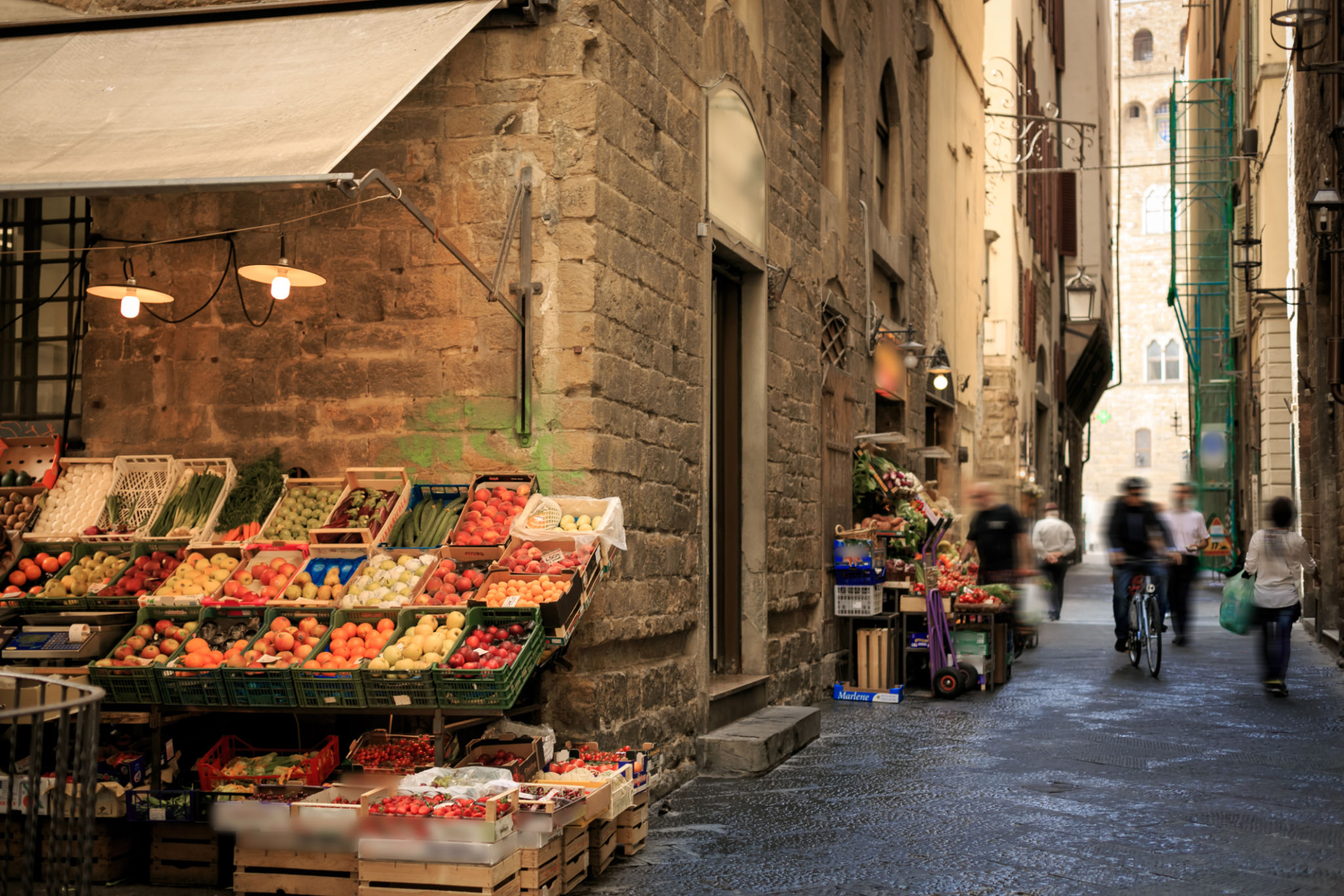A Foodie's Guide to Traditional Tuscan Cuisine
Discover the Richness of Tuscan Flavors
Tuscany, a region in central Italy, is renowned for its stunning landscapes and rich cultural history. However, for food enthusiasts, it’s the traditional Tuscan cuisine that truly captivates the heart and palate. Known for its simplicity and high-quality ingredients, Tuscan food is a celebration of flavor and tradition, deeply rooted in its agricultural heritage.

The Essence of Tuscan Cuisine
Tuscan cooking is characterized by its use of fresh, local ingredients. Staples such as olive oil, bread, tomatoes, beans, and cheese form the backbone of many dishes. The emphasis is always on letting the natural flavors of the ingredients shine through, with minimal seasoning needed beyond salt, pepper, and a touch of olive oil. This simplicity is what makes Tuscan food so appealing and authentic.
Olive oil is more than just a cooking ingredient in Tuscany; it’s a way of life. Tuscans are particular about their olive oil, often preferring it freshly pressed from local olives. It's not uncommon to find families who produce their own olive oil, adding a personal touch to their meals.
Iconic Tuscan Dishes
One cannot explore Tuscan cuisine without savoring its iconic dishes. Ribollita, a hearty bread soup made with leftover bread, beans, and vegetables, is a classic comfort food enjoyed during the colder months. Its name means "reboiled," as it was traditionally made by reheating the previous day's soup.

Another must-try dish is Bistecca alla Fiorentina, a thick-cut T-bone steak grilled over embers and seasoned simply with salt and pepper. This dish is a carnivore's delight and exemplifies the Tuscan philosophy of highlighting quality ingredients with minimal intervention.
Sweet Delights
Tuscan desserts are an indulgence not to be missed. Cantucci, almond biscuits often served with Vin Santo for dipping, are a sweet end to any meal. Their crunchy texture and nutty flavor make them a beloved treat among locals and tourists alike.

The Castagnaccio is another unique dessert made from chestnut flour, pine nuts, raisins, and rosemary. This dense cake offers a taste of Tuscany's rustic countryside and is especially popular during autumn when chestnuts are in season.
Wine: A Perfect Companion
No exploration of Tuscan cuisine is complete without mentioning its world-famous wines. The region's rolling vineyards produce some of Italy's finest wines, such as Chianti, Brunello di Montalcino, and Vino Nobile di Montepulciano. These wines pair beautifully with Tuscan dishes, enhancing the flavors and providing a truly immersive dining experience.
When enjoying these wines, it's common to partake in an aperitivo, where small bites are served alongside drinks before dinner. This social tradition sets the stage for a leisurely and convivial meal, embodying the Italian way of life.
Immersing in Tuscan Food Culture
To truly appreciate Tuscan cuisine, one must immerse themselves in the local food culture. Visiting markets to select fresh produce, attending cooking classes to learn traditional recipes, and engaging with locals who are passionate about their culinary heritage can deepen your understanding and enjoyment of this regional fare.

The next time you find yourself in Tuscany or simply wish to bring a taste of Italy into your home, remember that Tuscan cuisine celebrates simplicity, authenticity, and the joy of shared meals. Whether you're savoring a bowl of Ribollita or sipping on a glass of Chianti, each bite transports you to the heart of this beautiful region.